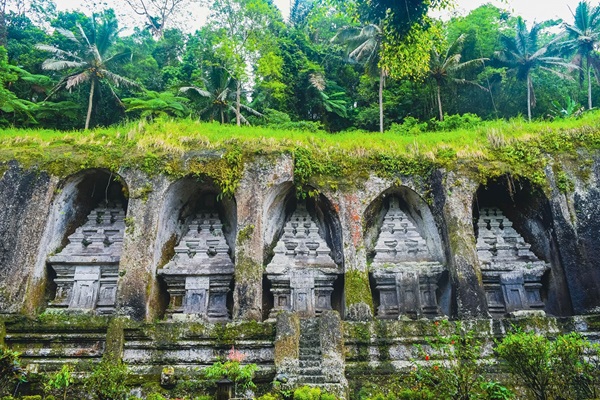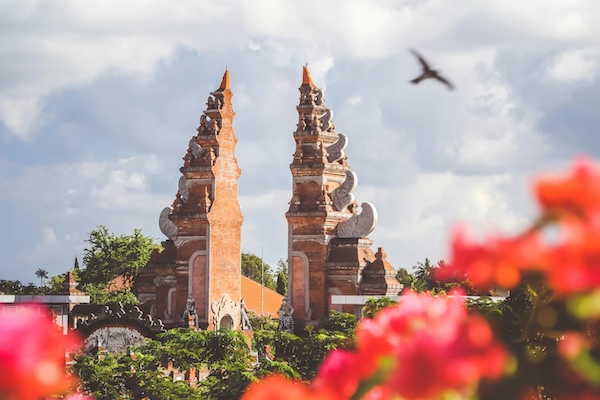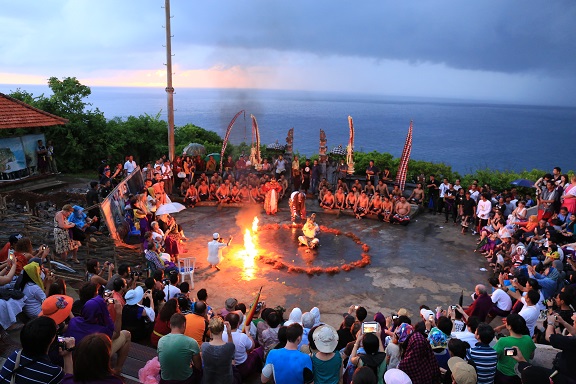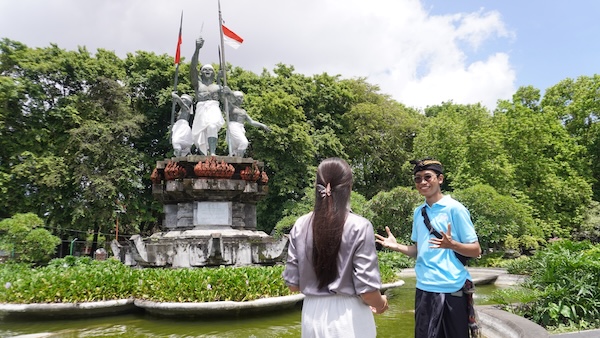Alright, so you’ve probably hit the beaches, done the usual Bali tourist trail, and maybe you’re feeling like you need a change of scene. You’re looking for something deeper, a bit more cultural, and maybe even spiritual. That’s where Gunung Kawi Temple comes in—it’s this hidden gem packed with history, cool architecture, and serene vibes, all nestled in Bali’s lush landscape. In this article, we’re going to break down everything you need to know about this ancient site. Spoiler alert: it’s not just another temple—it’s an experience!
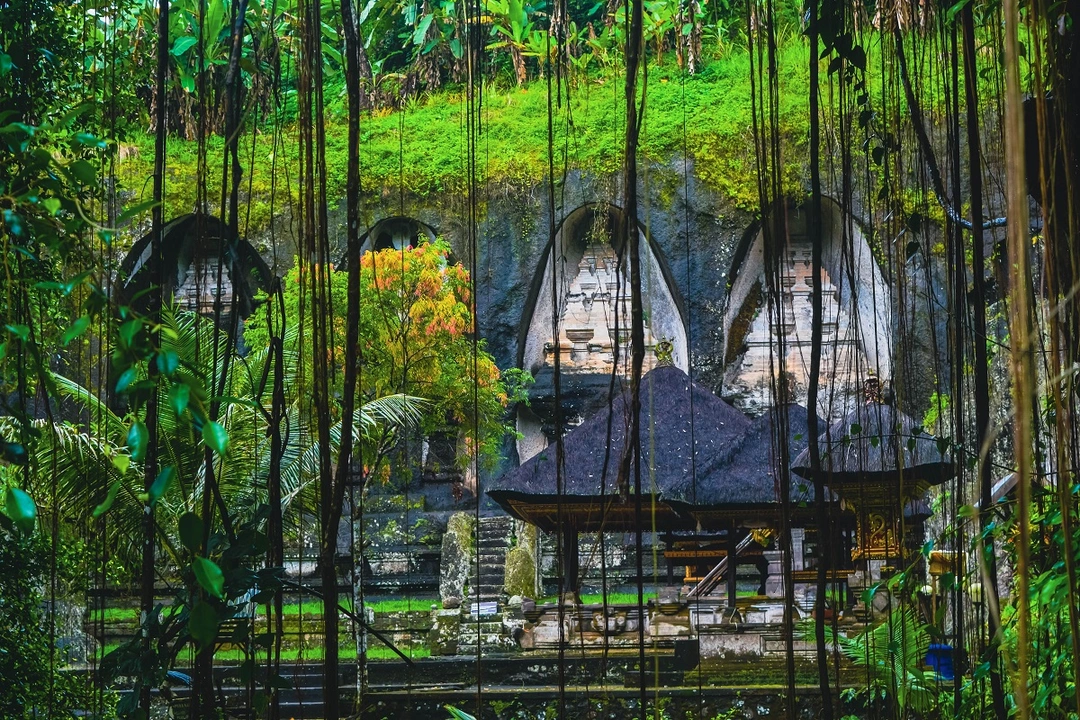
By the time you finish reading, you’ll know why this place is worth ditching the beach for a day. And if you’re into history, mythology, or just want some killer Instagram shots with a side of spiritual vibes, stick around.
So, what’s Gunung Kawi all about? And why should it be on your Bali bucket list? Let’s dive in!
A Glimpse into Bali’s Royal Past
Gunung Kawi isn’t just a bunch of old stones sitting in the jungle—it’s a piece of Bali’s ancient royal history. Built in the 11th century during the reign of King Anak Wungsu of the Udayana dynasty, this place was designed as a royal tomb complex. But here’s the cool part: the shrines, or candi, are carved directly into the rock face, towering at over 7 meters tall. That’s some serious dedication and craftsmanship!
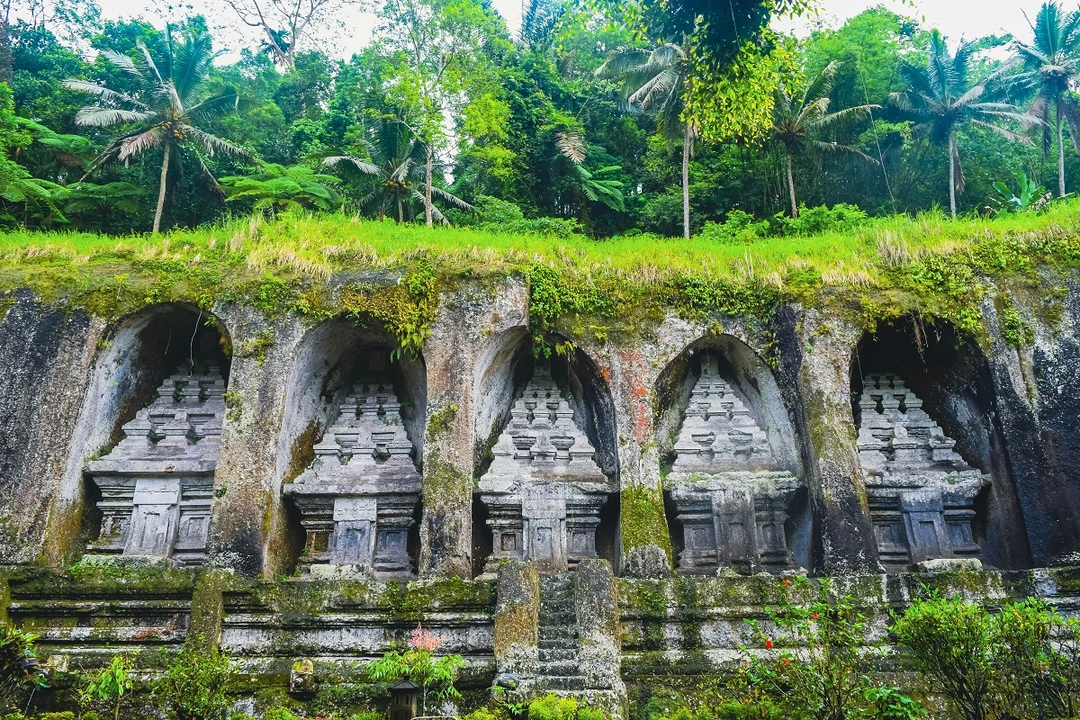
These royal tombs are believed to honor King Anak Wungsu, his queens, and other members of the royal family. So yeah, when you’re walking through here, you’re literally walking in the footsteps of Bali’s ancient rulers. You’ll feel that history seeping through the stone, like you’re stepping back into a time when spirituality and royalty were one.
Now, imagine being a local guide and telling visitors, “This place isn’t just a tourist spot, it’s where the kings used to come for eternal rest.” That’s the kind of weight this place carries. It’s not just a temple—it’s Bali’s connection to its past.
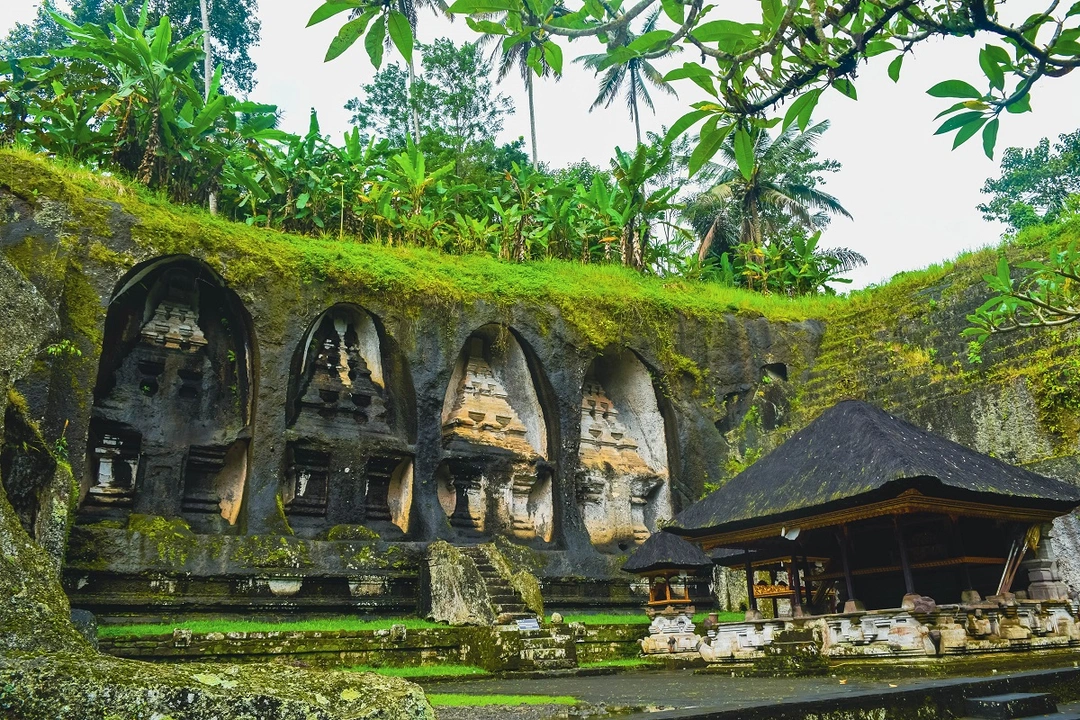
Majestic Rock-Cut Shrines: A Masterpiece in Stone
Now, let’s talk about the real showstoppers: the rock-cut shrines. These aren’t your average temple structures—these are literally carved into the cliffside. It’s like Bali’s version of Petra or Ajanta, but with its own unique Balinese flair. There are ten shrines in total, each one carved out of the rock face, standing tall and proud. As you stand there looking up, you can’t help but be blown away by the sheer scale and craftsmanship.
What’s even more impressive is that these shrines have survived centuries of weather, earthquakes, and time itself. And they’re still as awe-inspiring as they were back in the 11th century. Each shrine represents a royal figure, and the intricate carvings reflect Bali’s ancient Hindu-Buddhist influences. As you walk among these towering shrines, you’ll feel the reverence and respect the Balinese had for their kings and queens.
And let’s not forget the setting—these shrines are tucked into a lush green valley with rice terraces all around. It’s the kind of place that’s as peaceful as it is jaw-droppingly beautiful. It’s like nature and architecture teamed up to create something truly magical.
The Spiritual Side: A Sacred Site for Balinese Hinduism
Gunung Kawi isn’t just an archaeological marvel—it’s also an active site of worship. You’ll see locals making offerings, lighting incense, and performing prayers. The temple complex is still considered sacred, and the Pakerisan River, which flows through the site, adds to its spiritual significance. The river is said to have purifying powers, and the entire temple complex is designed to harmonize with nature.
The Balinese believe that the water flowing through Gunung Kawi purifies not just the land, but the soul. That’s why this place holds such a strong spiritual presence. Whether you’re religious or not, there’s something about the energy here that just feels… different. It’s like stepping into a peaceful, sacred world that’s miles away from the hustle and bustle of Bali’s touristy spots.
What You’ll Experience When Visiting
Your journey to Gunung Kawi starts with a bit of adventure. You’ll descend down a long staircase surrounded by stunning rice terraces and tropical greenery. Trust me, this isn’t just some basic walk—Bali’s landscapes are on full display here, and you’ll probably want to stop for photos more than once.
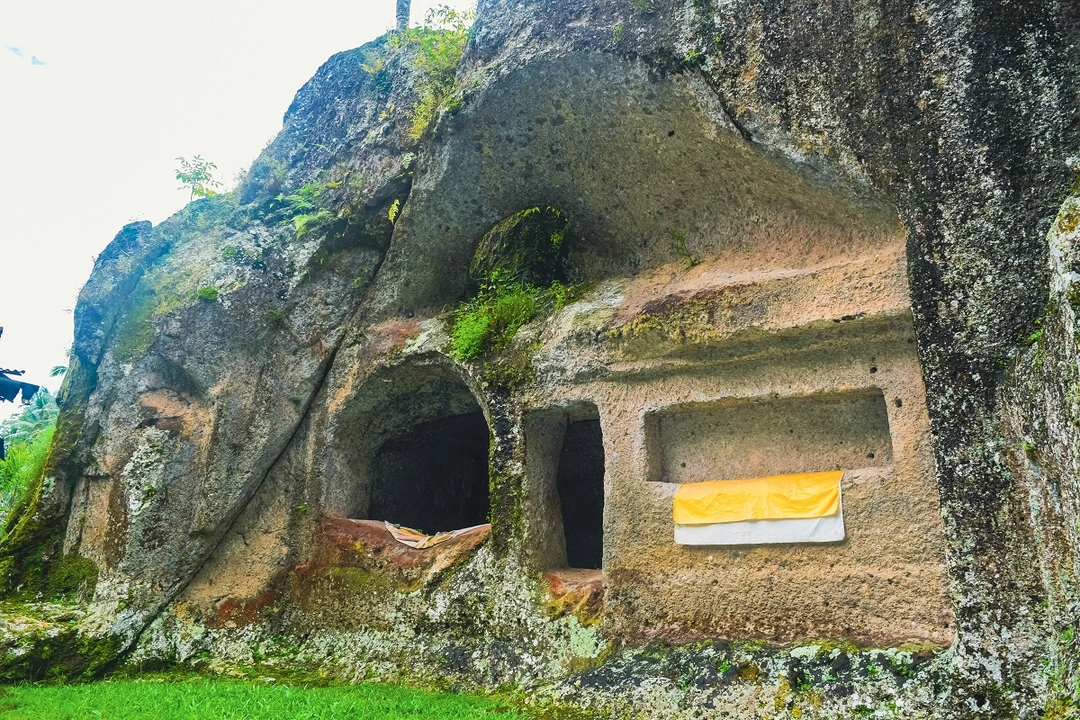
Once you reach the valley floor, you’ll cross a small stone bridge over the sacred river and find yourself face-to-face with the massive shrines. You can explore the site at your own pace, wandering through the temple grounds, taking in the peaceful atmosphere, and marveling at the ancient stone carvings.
If you’re into photography, this place is a goldmine. Between the shrines, the river, and the jungle surroundings, there’s no shortage of stunning backdrops. And if you’re feeling meditative, there’s no better place to sit quietly and soak in the spiritual vibes.
Myth and Legend: The Story of Kebo Iwa
No ancient site is complete without its share of myths, and Gunung Kawi has one of the best. According to local legend, the shrines were carved overnight by the mythical giant Kebo Iwa, who was known for his incredible strength. The story goes that he carved the entire complex with just his fingernails. Whether you believe it or not, it adds a layer of intrigue to the already fascinating history of the site.
For the Balinese, legends like this aren’t just stories—they’re a way to connect with their ancestors and the spiritual world. So when you visit Gunung Kawi, you’re not just seeing a historical site, you’re stepping into a world where history, mythology, and spirituality are all intertwined.
Why You Need to Visit Gunung Kawi
So, why should you add Gunung Kawi to your Bali itinerary? It’s simple—this place offers a unique blend of history, culture, architecture, and spirituality. Whether you’re a history buff, a spiritual seeker, or just someone looking for a quiet escape, Gunung Kawi has something for everyone. Plus, it’s one of those rare spots in Bali where you can experience authentic Balinese culture without the crowds.
And here’s the kicker—besides Gunung Kawi, you can also explore other incredible historical sites like Goa Gajah and the Archaeological Museum as part of the same tour. This tour gives you the chance to dive deep into Bali’s ancient past and see some of the most important cultural landmarks on the island.
Ready to dive into Bali’s rich history? Book the Bali Archaeology Tour today and explore Gunung Kawi, Goa Gajah, and more: https://kura2bus.com/tours/bali-archaeology-tour-museum-gunung-kawi-goa-gajah-temples.


